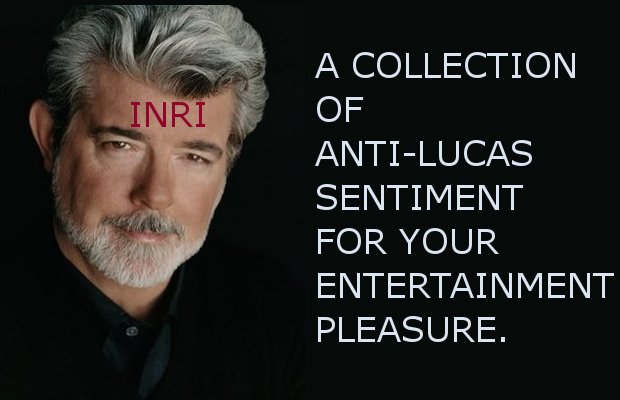Stereotypes in a Distant Galaxy -- Racism Reaches Outer Space
By Lee Hubbard
Enthralling action, breathtaking special effects, and skillful promotion are drawing crowds to the most recent "Star Wars" offering. But very near the surface of all this dazzle are some familiar -- and ugly -- stereotypes which do not belong in any universe. PNS commentator Lee Hubbard is a writer on the staff of the San Francisco Bay View. His e-mail address is superle@hotmail.com.
I remember sitting on my father's shoulders as I waited in line to see a new movie about space called "Star Wars." I was 5 years old, bubbling with excitement as the line inched forward, eager to see this film everyone was talking about.
Fast-forward 23 years and I find myself in a similar situation, but this time I'm the father, standing in line with my 9-year old son and daughter waiting to see "Phantom Menace," the prequel to the Star Wars Trilogy.
My reactions to George Lucas's new film were also similar -- but for different reasons.
While "Star Wars" shocked me with its view of the possibilities of space, "Phantom Menace" shocked me with its stereotypical images. These are not subliminal like those you have to watch several times to catch. The images in "Phantom Menace" jump out at you.
Within seconds, viewers are introduced to the evil Trade Federation, which is attempting to shut down and dominate the trade routes of the peaceful Naboo (white) people. Nute Gunray, the sinister slant eyed Viceroy of the trade federation and his aide talk in broken English reminiscent of Asian characters in the past like Charlie Chan. In outer space, creatures come in all shapes and sizes, but the accent of the evil trade merchants of the trade federation cannot be disguised -- and continues throughout the film.
The action in the film so enthralled me that I didn't pay much attention to this, but the second foreign like character in the film, Jar Jar Binks, disturbed me. Binks is an amphibious creature, clumsy and child-like. He has protruding lips, buckeyes, floppy ears that look like dreadlocks and he speaks in a manner that resembles a West Indian dialect.
While his looks were disturbingly ugly, his voice and accent were uglier. He answers one question, "Me so don't think so." As people laughed at Binks, I couldn't help but wonder if I was in on the joke. The buffoonish image would make Kingfish of Amos and Andy look like an international statesman.
I thought I was over-reacting, until my daughter tapped me on the shoulder and asked, "Daddy, is that a Jamaican or something?"
Binks' people, the Gungan, behave in an even more child-like manner, led by a buffonish character, who resembles the old stereotype of the silly African like tribal chieftain, and bumbles over his words.
This could have been enough stereotyping for one day, but "Phantom Menace" went for a triple with the character of Watto, a hooked nose, slave- owning junk dealer who spoke in a Middle Eastern accent, reminiscent of a Jew or an Arab.
Conservatives lash out at the insistence on political correctness, calling it a form of McCarythism, and there is some truth to the charge. But the lack of criticism of these stereotypes as George Lucas's "Phantom Menace" marches its way to huge box office numbers, is disturbing.
The lack of protest may reflect the fact that the movie has made over $200 million in two weeks. But with no explanation of the need for these characters, they detract from the movie and from the Star Wars mystique.
"Nothing in 'Star Wars' is racially motivated," said Lynne Hale, a spokeswoman for Star Was. "Star Wars is a fantasy movie set in a galaxy far, far away."
It may be set far far away, but familiar old stereotypical images of racism have been brought from earth into space. In a galaxy of diverse creatures, things should be color-blind, but in the "Phantom Menace," color blindness is a fantasy -- just as it is in real life.

.jpg)
No comments:
Post a Comment